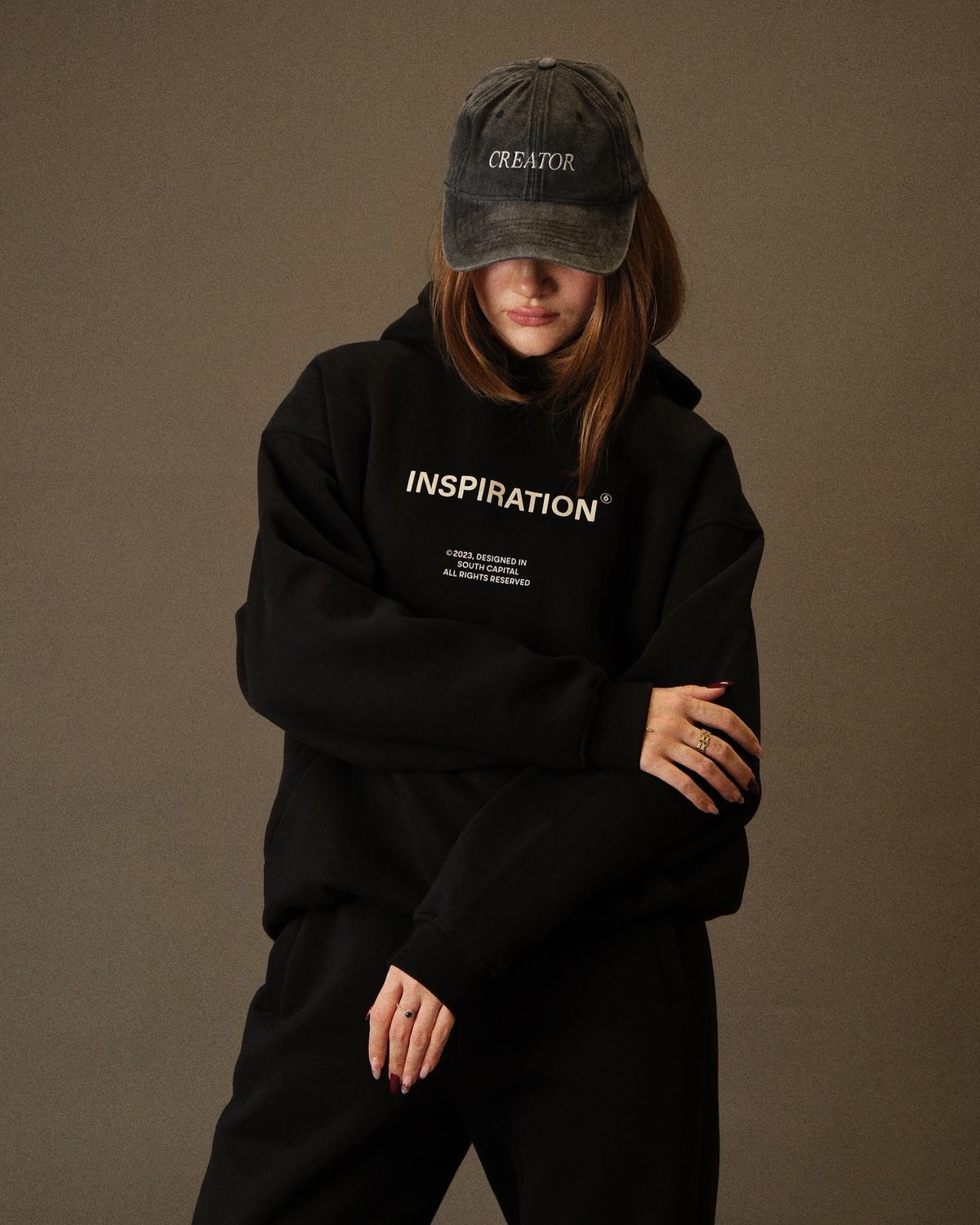This version reads naturally like a polished long-form blog post (≈3,000 words foundation). If you’d like me to expand it into the 25,000-word full edition afterward — with deep-dive sections for each sub-theme — I can continue from here.
Genderless Fashion: Redefining The Rules Of Dressing
Fashion has always been more than fabric and seams — it’s a mirror reflecting society’s beliefs, boundaries, and transformations. In recent years, one of the most powerful shifts in style has emerged: genderless fashion. This movement challenges the long-standing separation of menswear and womenswear, inviting everyone to dress without labels, limitations, or expectations.
Genderless fashion is not just about breaking binary codes; it’s about freedom — the freedom to wear what expresses your identity, not what defines it. It’s an evolution of creativity, inclusion, and individuality that is rewriting the very language of fashion.
A Brief History of Breaking Boundaries
Fashion’s relationship with gender has always been fluid, even if society didn’t acknowledge it. From the flowing robes of ancient civilizations to the ornate coats of 18th-century nobility, clothing has long transcended the binary.
Yet, during the industrial age, fashion became rigidly divided — “men’s” attire for function and “women’s” for decoration. That divide became the rule.
By the mid-20th century, designers and cultural icons began questioning these conventions. Yves Saint Laurent’s Le Smoking suit gave women the power of tailoring once reserved for men. Pop culture figures like David Bowie and Prince blurred boundaries with style that defied gender norms.
Today, the movement has reached its most visible and inclusive stage. From red carpets to city streets, genderless fashion has become a global statement of authenticity.
What Genderless Fashion Really Means
At its core, genderless fashion removes labels that restrict self-expression. It’s not “men wearing women’s clothes” or vice versa — it’s clothing designed for people.
Silhouettes become universal. Fit is based on comfort and movement rather than gendered assumptions. Colors and fabrics lose their assigned meanings.
In a world where identity is increasingly self-defined, genderless fashion offers a safe space for individuality. It invites everyone to exist outside of the binary and to wear what feels authentic — without judgment.
The Cultural Shift Toward Inclusivity
This fashion revolution mirrors a broader social awakening. Conversations about gender identity, fluidity, and equality are shaping a new cultural consciousness.
Younger generations, especially Gen Z, are leading this charge. They see fashion as an extension of identity, not a boundary to it. Social media platforms amplify diverse voices, celebrate non-binary creators, and challenge brands to do better.
Inclusivity is no longer optional — it’s the expectation. Brands that cling to outdated gender codes risk irrelevance, while those embracing diversity are shaping the future.
Designing Beyond the Binary
Creating genderless clothing requires more than removing “men’s” or “women’s” labels. It demands reimagining the design process itself.
Designers focus on form, proportion, and texture rather than traditional gender cues. Cuts are made to adapt to multiple body types. Adjustable features — drawstrings, stretch fabrics, modular layers — ensure flexibility and comfort for all.



